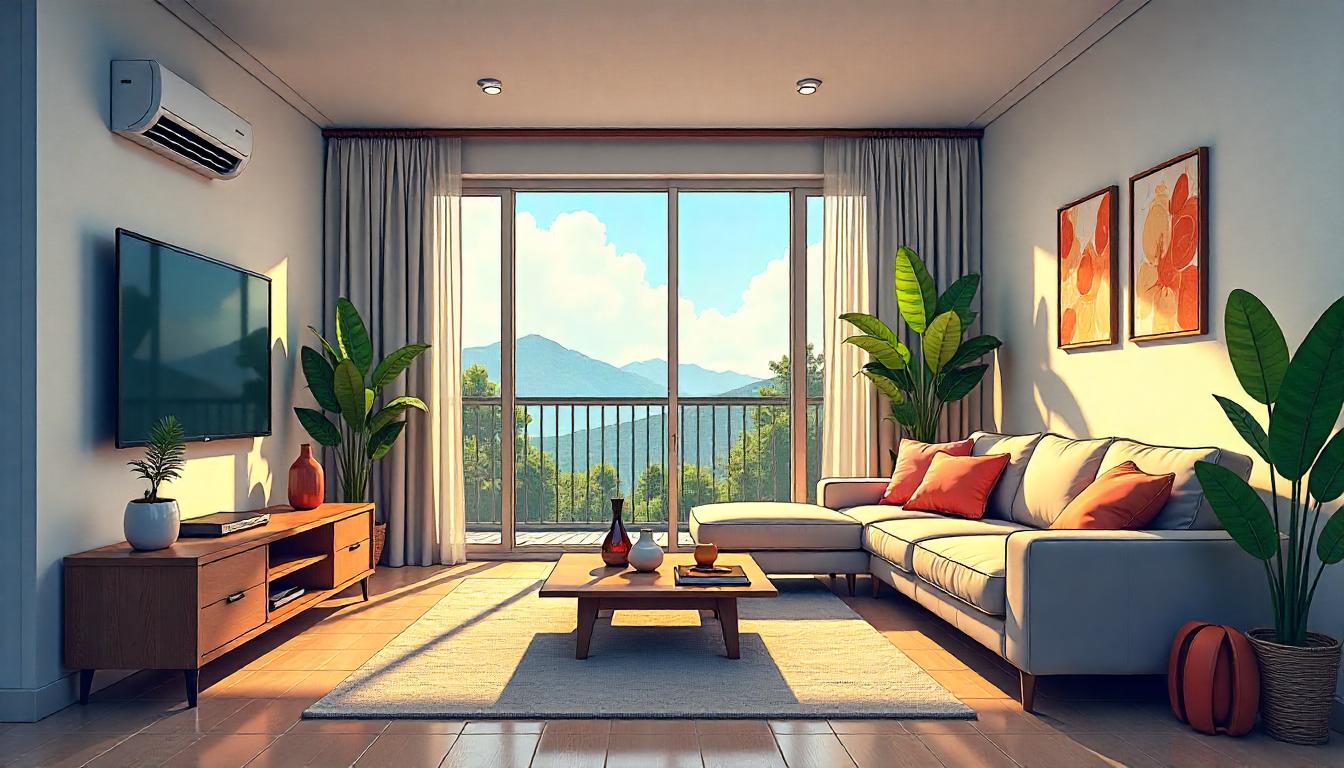
It might be a time-consuming job but balancing the chemicals in your swimming pool is a necessity and a job that you should do regularly. For one, it will make the swimmers safe, and you will be able to enjoy a refreshing swim when you do everything right.
Preparing the pool for a party or a relaxing night with loved ones can be tricky. However, when you know the tools to use and interpret the chemicals, you will keep the water crystal-clear and clean all year round.
What is a Balanced Swimming Pool?
Some of the indicators of a balanced pool are the smell, feel, and look of the water. It should be clear and blue, and the smell should not remind one of too much chlorine. This is where regular testing and adding Watson’s above ground swimming pool chemicals can help. If you have test kits that say that the level of chlorine or bromine is too low, you can always add them up to balance the chemicals.
Water analyzers are kits that will help you read your findings and view the chemical levels present in your pool. If you are unsure of what to do and too busy to do the maintenance, you can always hire an expert to do everything for you. They will clean the filters, vacuum the floors, and add the right number of solutions so you can be ready for the summer.
The right chemical balance should be between 7.2 to 7.8 pH, and alkalinity should measure 80 to 120 parts per million. Free chlorine contained in the water should be 1 to 3 parts per million, and the calcium hardness should be in the range of 200 to 400 ppm.
Guide to Help You Out
1. Chlorine Levels
Chlorine is one of the most common chemicals used to sanitize the water in a pool. This is considered a persistent and rapid sanitizer that kills bacteria, viruses, algae, and other microorganisms. It is highly effective as an oxidizer to undesired contaminants. This will keep your swimming pool safe, clean, and clean all year round. Other chemicals generally work to adjust and make an ideal condition where chlorine could be more effective in doing its job.
These chemicals should be regularly added where the levels should be kept at a range of 1-3 parts per million. You might also consider adding tablets through the chlorinator or getting the liquid varieties. The chlorinators are ideal in winter, where you will just have to leave the tablets through the season, and they will be automatically dispensed in the water so it would be easier and softer on your skin.
2. Oxidizers
Non-chlorine oxidizers are common options to kill other contaminants in the water. This is a secondary solution to ensure that the water is clean and bright. It usually consists of shock treatments such as potassium monopersulfate that will break down the organic components and cells of many microorganisms. To get the best results, you may want to shock the swimming pool at night or in the early evening so ultraviolet light will not destroy them while they are doing their work.
3. Bromine
One of the less common but effective sanitizers out there is bromine. This is like chlorine but is considered more stable and can withstand high heat, such as in the case of hot tubs. However, they do not generally last and can evaporate when they are exposed too much to the sun’s ultraviolet rays, so they should be applied at night. See more info about bromine in this link: https://pubchem.ncbi.nlm.nih.gov/compound/Bromine
4. pH Decreaser/Increaser
Managing the overall balance of the water is essential for the pool to do its job well. If you have too much of a single chemical or notice that algae are growing on the surface, these factors can easily throw everything out of balance.
When you need to increase the pH levels of our pool, you might want to mix soda ash with a large bucket of water and add it. When you need to decrease the pH, then muriatic acid or sodium bisulfate can do the job well. They can bring down the pH levels in the quickest way possible.
5. Alkalinity Adjuster
The alkalinity adjuster will stabilize your pool’s pH levels, and one of the signs that this is off-balance is when the water looks murky. It is important to stabilize it with the help of the right chemicals.
Generally, sodium bicarbonate is used to increase the water’s total alkalinity, especially if it begins to fall below 100 parts per million. Read posts about other uses of sodium bicarbonate here. The muriatic acid will lower the alkalinity, which can also work well in decreasing the pH.
You may not use them often, but it is always handy if you have them in-store. They can address the problems that may crop up, and the levels should be checked more, especially if you are facing busy months. Many sanitation systems will also help maintain the overall balance of your pool.




